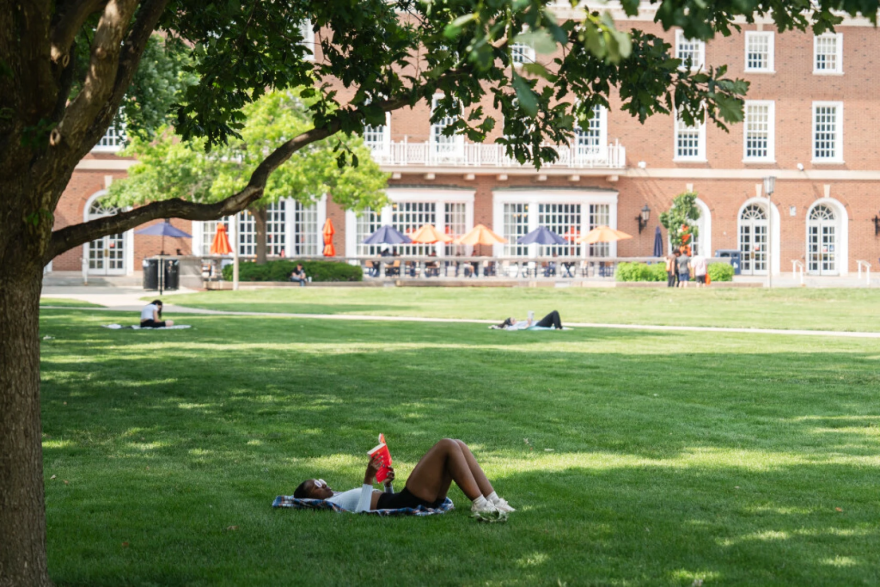College yields higher earnings postgraduation for all Illinois students, but disparities persist among graduates from low-income families, even if they have the same college degree as peers from more affluent families.
This is a key finding of a new study conducted by the Illinois Workforce and Education Research Collaborative.
There also are disparities when it comes to Black, Latino and women workers. State Education Supt. Tony Sanders said he was not surprised.
“It’s something that is certainly a societal issue,” he said. “It’s something we need to really begin to tackle.”
The report uses data from the High School to Careers initiative that tracks students from high school into adulthood. The study includes students who graduated from high school between 2008 and 2012. The state also used that data to create a tool students can use to explore career paths.
Sarah Cashdollar, a researcher with the collaborative, said this report answers the “million dollar” questions for Illinoisans.
“I think people are increasingly questioning, ‘Is the American dream still achievable?’” she said. “Does someone born into a low-income family have real opportunity for upward mobility, and if so, is the best route still a college education?”
The study found that college graduates tend to earn more on average than those without a degree.
About 72% of students from the highest-income families earned a bachelor’s degree or higher degree, compared to 25% from the lowest-income families, according to the study.
Students from the highest-income households earn about $15,000 more annually than those from the lowest-income households, and the earnings gap between racial and ethnic groups is even wider — about $18,300 between Asian and Black graduates.
These differences persisted even when students from low-income households earned a more advanced degree or worked in a lucrative industry.
The study doesn’t attempt to answer why these disparities exist, but other research points to differences in the type of universities students attend, learning opportunities and social networks and connections, Cashdollar said. Also, there is a lot of research about workplace discrimination, she said.
Sanders said the state has many programs to help low-income students get into, pay for and succeed in college, and he hopes people continue the conversation about pay disparity.
“The importance of this study is to demonstrate that college remains the most viable option if you want to break generational poverty. College is the path to do that,” he said.
Cashdollar said she hopes the study will help young people make decisions about their future.
“We’re not saying that everybody needs to get a four-year degree or even a college degree. It’s not necessarily right for everyone, but whatever they do, it should be informed.”
The state plans to release a follow-up study later that takes a deeper look into low-income students with high-paying careers.
The state’s goal is to identify “promising pathways,” and continue to improve resources for Illinois teens, Cashdollar said.

